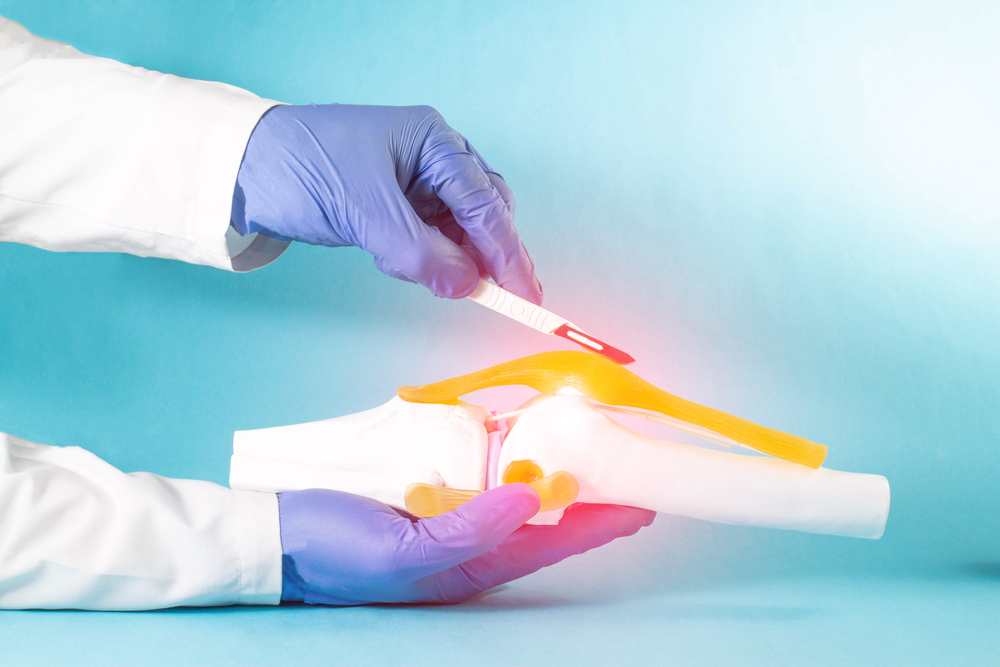
Exploring Knee Arthroscopy: Key Information and Timing
July 17, 2024 9:07 pm Leave your thoughtsKnee arthroscopy is a minimally invasive surgical procedure that has become increasingly common for diagnosing and treating a variety of knee joint issues. It involves inserting a small camera, known as an arthroscope, into the knee joint through a small incision. This allows orthopedic surgeons to visualize the inside of the knee and perform repairs or corrections as necessary.
What is Knee Arthroscopy?
Knee arthroscopy, also referred to as keyhole surgery, is primarily used to diagnose and treat problems in the knee joint. The arthroscope transmits images from inside the joint to a video monitor, enabling the surgeon to examine the knee in detail. This procedure is beneficial because it typically requires smaller incisions compared to traditional open surgery, leading to reduced recovery times and less postoperative pain.
When is Knee Arthroscopy Needed?
Diagnostic Purposes
One of the primary reasons for performing knee arthroscopy is to diagnose the source of knee pain or discomfort that hasn’t responded to non-surgical treatments such as rest, medication, or physical therapy. Conditions such as torn meniscus, damaged cartilage, or loose fragments of bone or cartilage can often be identified and assessed through this procedure.
Therapeutic Interventions
In addition to its diagnostic capabilities, knee arthroscopy allows for therapeutic interventions during the same procedure. Surgeons can repair or trim torn meniscal cartilage, remove loose fragments of bone or cartilage, reconstruct torn ligaments (such as the anterior cruciate ligament or ACL), and smooth out damaged cartilage surfaces. These interventions aim to alleviate pain, improve knee function, and potentially delay or prevent the onset of degenerative arthritis.
What Happens During Knee Arthroscopy?
During knee arthroscopy, the orthopedic surgeon makes small incisions around the knee joint to insert the arthroscope and surgical instruments. Sterile fluid is pumped into the joint to expand it, providing a clearer view and allowing for easier manipulation of instruments. The camera attached to the arthroscope displays images on a monitor, guiding the surgeon throughout the procedure.
Recovery and Rehabilitation
Immediate Postoperative Period
After knee arthroscopy, patients are typically monitored in a recovery area until they are fully awake and stable. Depending on the complexity of the procedure and individual factors, some patients may be able to return home the same day, while others may require a short hospital stay.
Early Rehabilitation
Recovery from knee arthroscopy generally involves a combination of rest, ice application, elevation of the leg, and physical therapy exercises. These exercises are crucial for restoring strength, flexibility, and range of motion to the knee joint. Patients are usually advised to avoid weight-bearing activities and strenuous exercise initially, gradually increasing their activity level as tolerated.
Long-term Outlook
The success of knee arthroscopy depends on several factors, including the specific condition being treated, the patient’s overall health, and adherence to rehabilitation protocols. While many patients experience significant improvement in knee pain and function following arthroscopy, it’s important to note that outcomes can vary.
Conclusion
Knee arthroscopy is a valuable tool in the field of orthopedic surgery, offering both diagnostic insights and therapeutic interventions for a range of knee joint problems. By understanding the indications for this procedure and what it entails, patients and healthcare providers can make informed decisions about managing knee pain and optimizing long-term joint health. Whether for diagnosing unexplained knee symptoms or treating specific conditions, knee arthroscopy continues to play a crucial role in improving patient outcomes and quality of life.
Need an Orthopedic Surgeon in Las Vegas, NV?
Welcome to Bernard Ong, M.D.! With extensive experience and an expert in the industry, Dr. Bernard Ong is the premier orthopedic surgeon in Las Vegas, Nevada. Our services focus on providing the very best in patient care, including orthopedic surgery, sports medicine, arthroscopy, meniscus surgery, ACL surgery, knee replacement, and more. As a sole practitioner, you know you are getting the highest level of personalized care from Dr. Ong. Contact us today for more information or to schedule your appointment!
Categorized in: Arthroscopy
This post was written by admin
